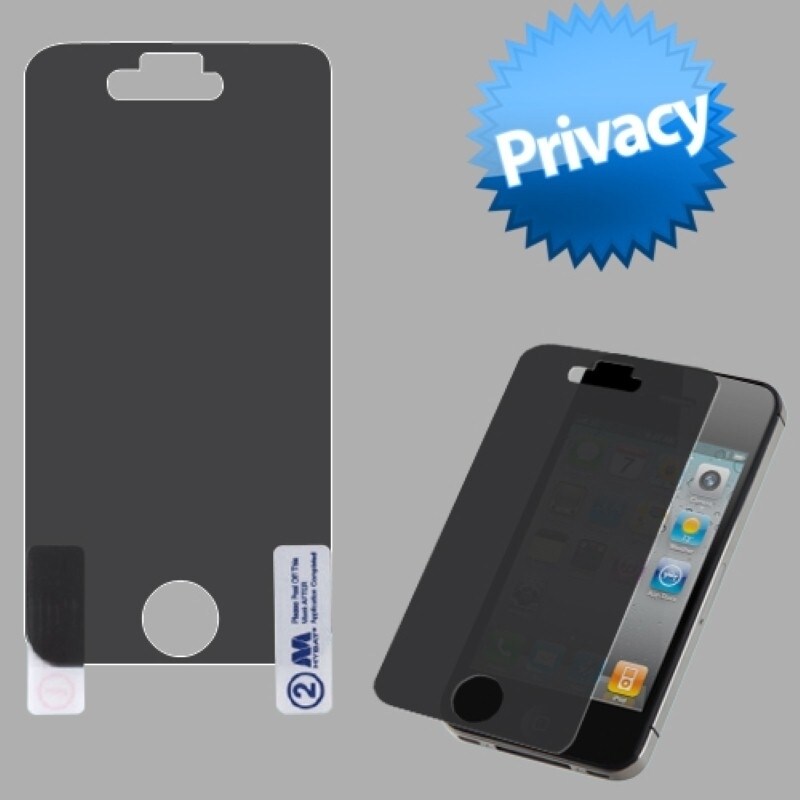
Be careful about the air bubbles when applying the protector, as they will affect the clarity. After that, start applying the protector and slightly press it against the screen to ensure that it sticks perfectly. After cleaning the display, put the alignment trays or guide to know where exactly you should place the protector on the screen. Start by cleaning the phone’s display with a cleaning agent, lint-free cloth, or a wet wipe to remove dust specks.
#Phone screen privacy protector how to
How to Apply a Phone Screen Protector Applying a screen protector on the phone needs extreme precision and you shouldn’t rush while applying the protector. They don’t crack or chip easily but offer limited impact resistance. With the help of aligning trays, they are easy to apply. They are usually on the thinner side, measuring only 0.11 mm thick to preserve the touchscreen sensitivity of your phone. Plastic Thermoplastic (TPU) or polyethylene terephthalate is the common plastic material used in making protectors. These protectors are thoughtfully designed by using the single-ion exchange to improve durability and lend a smoother feel. Invisi glass These protectors are 40 times stronger than tempered glass and can withstand hard falls. These screen protectors stay clear and are easy to maintain.

This is the most common material used to make phone protectors because of its multi-level protection and endurance against accidental drops. Types of Phone Screen Protectors Tempered glass A tempered glass protector is much stronger than a glass or plastic protector and is usually made of gorilla glass. But how to know which screen protector should you choose? Check out this detailed buying guide to help you make an informed decision.

If you want to protect the most fragile part of your phone, get a quality phone screen protector.


 0 kommentar(er)
0 kommentar(er)
